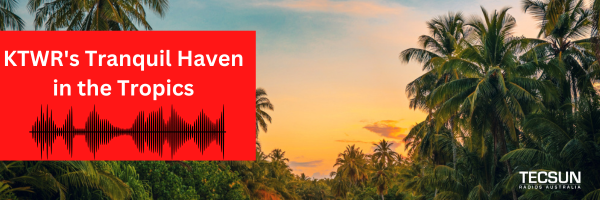 If you’re captivated by unique radio facilities, then you’re in for a treat. Join us on a journey to discover one of the most picturesque shortwave transmitter sites nestled in the heart of the tropics. Today, we’re delving into the story of KTWR, a beacon of broadcasting excellence stationed on the tranquil shores of Guam. Inspired by a captivating article on RadioWorld.com, we invite you to immerse yourself in the enchanting world of shortwave broadcasting with us.
If you’re captivated by unique radio facilities, then you’re in for a treat. Join us on a journey to discover one of the most picturesque shortwave transmitter sites nestled in the heart of the tropics. Today, we’re delving into the story of KTWR, a beacon of broadcasting excellence stationed on the tranquil shores of Guam. Inspired by a captivating article on RadioWorld.com, we invite you to immerse yourself in the enchanting world of shortwave broadcasting with us.
Unveiling KTWR
Since its inception in 1954, Trans World Radio (TWR) has been on a mission to spread the gospel far and wide through the airwaves. Broadcasting in over 200 languages across 190 countries, TWR’s legacy of connectivity and outreach is truly awe-inspiring. Among its illustrious portfolio of transmitter sites, one gem stands out—the serene locale of KTWR on the idyllic island of Guam.
Journey to Micronesia
Located in Micronesia, Guam serves as the home base for KTWR, reaching listeners across Asia with its powerful shortwave transmissions. From the icy expanses of Siberia to the sun-kissed shores of Indonesia, KTWR’s signal resonates far and wide, carrying messages of hope and faith to diverse communities.
Engineering Marvels
At the heart of KTWR’s broadcasting prowess lies its impressive infrastructure. With three transmitters and a suite of TCI curtain antennas, KTWR’s technological arsenal is a testament to human ingenuity and dedication. Installed and maintained by a team of skilled personnel and volunteers, these cutting-edge facilities ensure uninterrupted transmission of TWR’s life-changing programs.
Nature’s Resilience
However, life on Guam isn’t without its challenges. As a territory prone to natural disasters, Guam has weathered its fair share of storms, including the formidable Typhoon Mawar in 2023. Despite the devastation wrought by Mawar’s fury, KTWR emerged resilient, its towers standing tall amidst the chaos. With a spirit of perseverance, the team at KTWR swiftly embarked on the path to recovery, reinforcing their commitment to serve communities in times of adversity.
A lesson learned
The aftermath of Typhoon Mawar serves as a poignant reminder of the importance of preparedness in the face of uncertainty. As KTWR resumed its broadcast after a brief hiatus, the incident underscored the resilience of human spirit and the indomitable power of radio to transcend barriers and unite communities.
As we reflect on the tale of KTWR, we’re reminded of the enduring allure of shortwave broadcasting and its ability to weave together the fabric of humanity. From the tranquil shores of Guam to the farthest reaches of Asia, KTWR’s signal serves as a beacon of hope, lighting the way for those in need. So, the next time you tune into the airwaves, remember the remarkable journey of KTWR—a testament to the indomitable spirit of radio in the modern age.
*Note: This blog has been reimagined from a captivating article on RadioWorld.com, showcasing the extraordinary story of KTWR’s transmitter site in the tropics.*
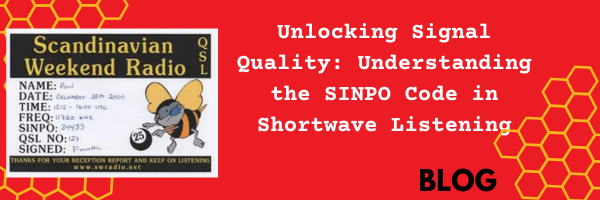
When it comes to evaluating signal reception in the world of shortwave radio, the SINPO code reigns supreme. This universally adopted format provides a comprehensive assessment of signal quality, aiding broadcasters in fine-tuning their transmissions for optimal reach. From signal strength to overall clarity, each component plays a crucial role in deciphering the effectiveness of radio transmissions. Let’s dive into the intricacies of the SINPO code and how it facilitates seamless communication between shortwave listeners and broadcasters.
There is a universally used format for evaluating signal reception, when submitting a signal report and QSL card request, called the SINPO code. It calls for 4 reception parameters to be logged and a final evaluation of overall reception made. SINPO, is an acronym for signal, interference, noise, propagation, and overall, is a code used to describe the quality of radio transmissions, especially in reception reports written by shortwave listeners (SWLs). Each letter of the code stands for a specific factor of the signal, and each item is graded on a 1 to 5 scale.
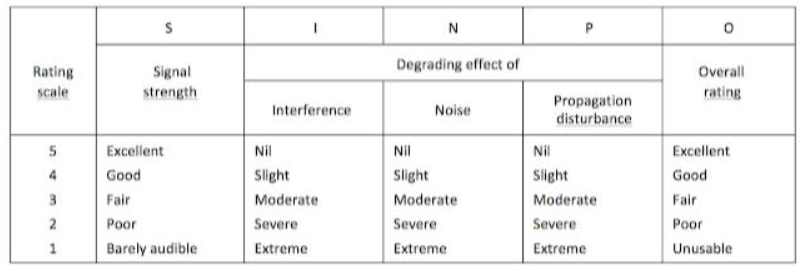
Understanding the SINPO Code in Shortwave Listening
So when a shortwave listener is submitting a reception report to a broadcaster, using the SINPO code will help the broadcaster assess the effectiveness of their transmission in reaching the target zone.
In addition to using the SINPO code it is also useful to provide the following information when submitting a signal report:
Date and time in UTC, frequency, receiving equipment (receiver, antenna, and antenna orientation if directional), program details including content (ie news, music, etc), a contact address or email, for the station response.
Most broadcasters will respond with a QSL card or letter confirming reception.
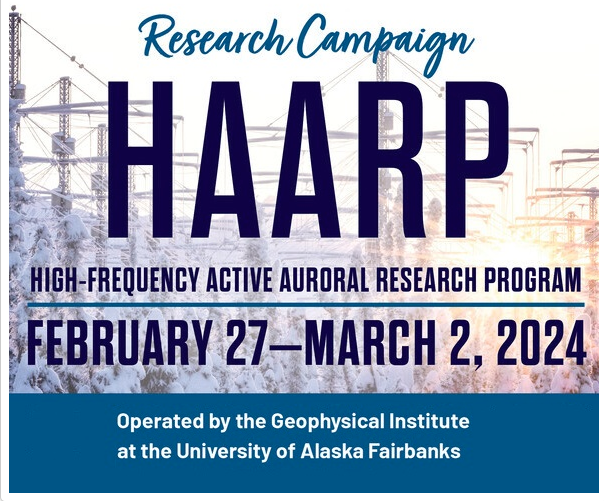 Garry stumbled upon an intriguing discovery during his online perusal: a fascinating blog post that sheds light on the enigmatic world of amateur radio activity. We’re thrilled to share this valuable information with you, sourced from EI7GL’s “A Diary of Amateur Radio Activity” Blogspot.
Garry stumbled upon an intriguing discovery during his online perusal: a fascinating blog post that sheds light on the enigmatic world of amateur radio activity. We’re thrilled to share this valuable information with you, sourced from EI7GL’s “A Diary of Amateur Radio Activity” Blogspot.
In the heart of Alaska lies the High-frequency Active Auroral Research Program (HAARP), a pioneering initiative delving into the mysteries of the ionosphere. HAARP boasts a formidable high-power, high-frequency (HF) transmitter designed explicitly for ionospheric studies. At its core lies a sophisticated array of 180 HF crossed-dipole antennas, capable of emitting a staggering 3.6 megawatts into the upper atmosphere and ionosphere. This advanced system allows for flexible transmission frequencies ranging from 2.7 to 10 MHz.
Exciting news awaits as the research team at HAARP announces upcoming tests scheduled from February 28th to March 3rd, 2024. During this period, the program will conduct a comprehensive research campaign, with operating frequencies meticulously detailed. While the precise transmit days and times remain contingent upon real-time ionospheric and geomagnetic conditions, the team has outlined a series of experiments slated for exploration.
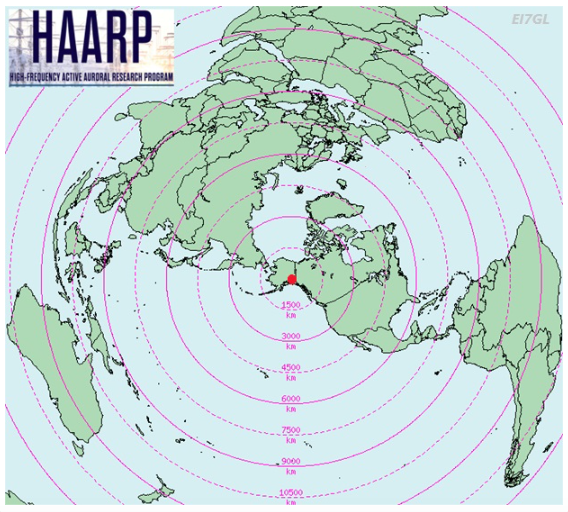
These experiments encompass a diverse range of objectives, including the production of Extremely Low Frequency (ELF) and Very Low Frequency (VLF) emissions, along with investigations into the impact of ionospheric plasma waves on orbiting satellites.
The findings from these endeavors promise to deepen our understanding of ELF/VLF wave dynamics and pave the way for future explorations into satellite interactions within space plasma.
For enthusiasts keen on delving deeper into HAARP’s research initiatives, the program’s FAQ page provides invaluable insights. Additionally, numerous experiments will operate at frequencies aligned with the f0F2 frequency derived from Gakona ionograms. Those interested in contributing reception reports are encouraged to reach out to HAARP via the provided contact information.
For real-time updates on ionospheric conditions in Gakona, individuals can consult ionograms from the HAARP Diagnostic Suite. Furthermore, for a comprehensive understanding of HF propagation and ionogram analysis, Bootstrap Workbench offers a helpful video resource.

With these resources at our disposal, lets explore this fascinating world!!
*Source for images and information (information has been re written fro this blog) https://ei7gl.blogspot.com/2024/02/notice-upcoming-haarp-ionospheric-tests.html


